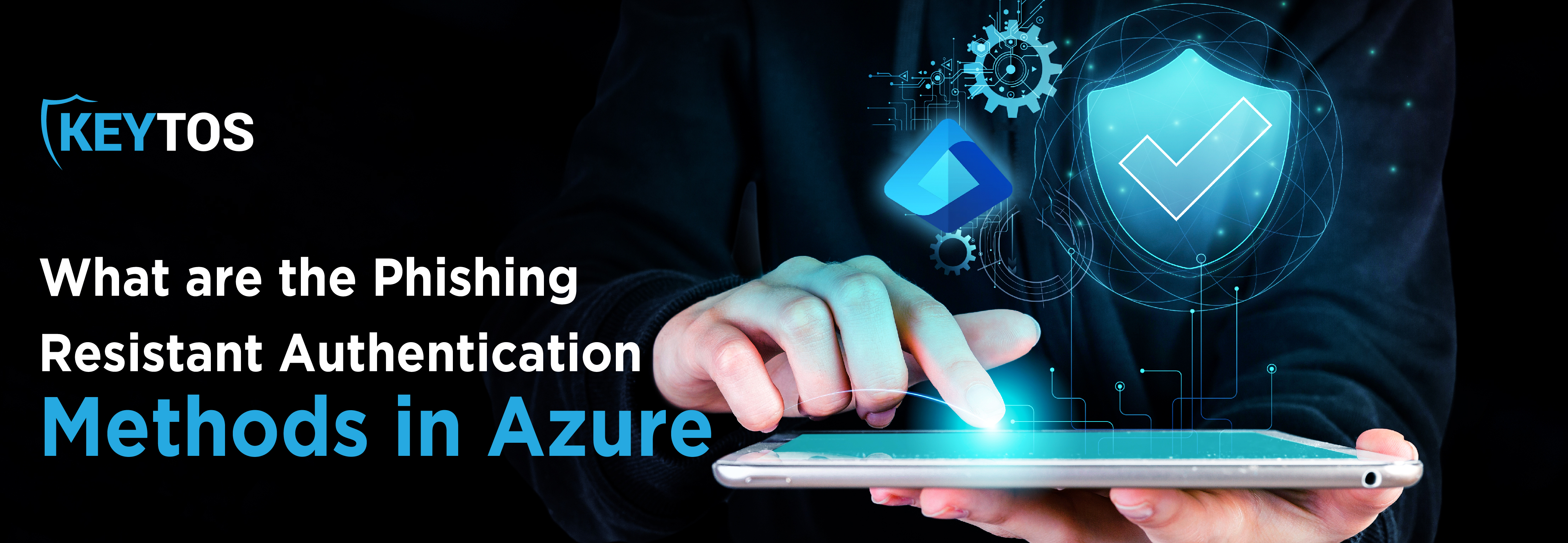
In the modern digital age, the quest for better security practices is leading many towards implementing passwordless authentication methods. These innovative solutions promise not only ease of use but also heightened security, potentially signaling the end of the traditional password. However, amidst this shift, questions linger about the true invulnerability of these methods to phishing attacks—a prevalent and increasingly sophisticated cyber threat. This blog aims to demystify the concept of phishing-resistant authentication. We’ll explore what it truly means for a method to be resistant to phishing attempts and evaluate which technologies can claim to be genuinely unphishable. With a focus on smartcards and FIDO2 security keys, we will delve into their mechanisms, strengths, and how they stack up against other methods in the fight to secure our digital identities.
The term “phishing resistant” refers to systems, technologies, or methods that are designed to be immune to phishing attacks. To be considered unphishable, a solution must effectively eliminate or significantly reduce the risk of these types of attacks. The core of phishing-resistant MFA lies in the removal of passwords from the authentication process and replacing them with hardware-based credentials that require physical possession. This approach leverages what you have (a device) and what you know or are (a PIN or biometric data). Let’s take a look at the types of unphishable credentials that are being used around the globe today in an effort to safeguard data.
One of the most commonly employed unphishable authentication methods is the smartcard. Smartcards utilize X.509 certificate-based authentication, acting like a digital passport. Each card contains a unique certificate that confirms the user’s identity. If the certificate expires or is revoked, access is automatically rescinded, maintaining security integrity over time.
FIDO2 keys are the most modern unphishable credential and simplify the authentication process by using public and private cryptographic keys. The private key never leaves the device, ensuring that it can’t be stolen through phishing or other remote attack vectors. Users authenticate by proving possession of the private key without exposing it, effectively nullifying phishing attempts.
Unlike traditional MFA, which might use one-time passwords (OTPs) sent via SMS or email, phishing-resistant methods like smartcards and FIDO2 do not expose any secrets that could be intercepted by attackers. This setup not only enhances security but also streamlines the login process, making it up to four times faster than traditional methods.
Both smartcards and FIDO2 security keys are at the forefront of modern authentication, each offering distinct benefits. As more individuals and organizations consider strengthening their cybersecurity measures, a common question arises: which is better—smartcards or FIDO2 keys?
Smartcards have been trusted for secure access to networks and data for years. They require a physical card and a reader, which can be a familiar and controlled method for many corporate environments. On the other hand, FIDO2 keys represent the latest in security technology. These keys support passwordless authentication, which not only enhances security but also streamlines the user experience. However, despite its advanced features, FIDO2 is not yet universally accepted, particularly by on-premises and legacy systems that have not updated to accommodate this newer technology. Understanding that gap here, companies like Yubico have built FIDO2 keys that are also capable of functioning as smartcards by leveraging certificates! …we’re big fans of this dual-purpose hardware key at Keytos! As the hardware associated with going passwordless continues to evolve, you can certainly expect to see more FIDO2 keys operate in this multi-purpose capacity to ensure users are able to authenticate into ANY platform, regardless of the protocol.
The ideal solution does not involve choosing one over the other but rather using both in harmony. By combining smartcards and FIDO2 keys, users can maximize the advantages of both technologies. This dual approach ensures that users can authenticate into all systems, both modern and legacy, with ease. It capitalizes on the widespread compatibility of smartcards for older systems and leverages the sophisticated, passwordless security of FIDO2 keys for the latest applications. Using both technologies together equips users with robust, versatile security solutions that adapt to diverse operational environments.